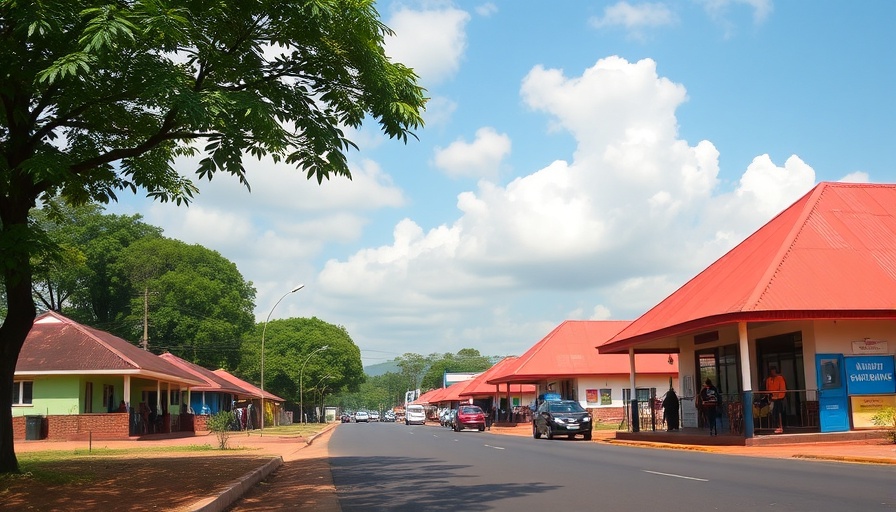
Uganda's Financial Strain and the Banking Lifeline
In a revealing turn of events, Uganda is once again turning to commercial banks as its lone viable credit option in a dwindling financial landscape. As of now, Uganda is actively seeking a $190 million loan from local banks, primarily Stanbic Bank Uganda Ltd, to settle claims related to Umeme Ltd, a major player in Uganda's energy sector whose concession is set to expire.
The dire need for borrowing stems from Uganda's growing external debts, which have hit alarming levels—reaching $14.91 billion by September 2024. With commercial loans accounting for a significant 12 percent of external debt and the necessity to finance critical infrastructure projects, including over $1 billion for the standard gauge railway, Uganda's economic stability hangs in the balance.
The Broader Implications for Investors and Policymakers
As the debt-to-GDP ratio climbs to an estimated 46.8 percent, the situation commands attention from investors and policymakers alike. This borrowing trend highlights the vulnerabilities within Uganda's financial structure as it grapples with increasing obligations to domestic and external creditors.
These financial strains can send ripples across the region's economic dynamics, impacting investor confidence not only in Uganda but throughout East Africa. Even as multilateral creditors, including institutions such as the World Bank and International Monetary Fund, dominate Uganda's debt portfolio, Uganda must devise strategic plans to ensure sustainable financial practices moving forward.
Energy Sector Challenges: A Critical Intersection of Debt and Infrastructure
The negotiations surrounding Umeme Ltd’s exit claims shine a light on the intricate relationship between Uganda's energy sector and its economic efforts. With the recent rejection of an extension for Umeme’s concession, local authorities are under pressure to recoup investments that total upwards of $50 million for the new Uganda Electricity Distribution Company Ltd.
Such actions underscore the urgent need for foreign investment and stable policy frameworks that can convincingly guarantee returns on investment in crucial sectors. Investors who are closely watching Uganda's moves may find new opportunities, albeit with a cautious approach given the prevailing uncertainties.
Future Trends: Preparing for Uganda’s Economic Landscape
The path ahead for Uganda involves not simply securing loans but truly analyzing the sustainability of its fiscal health and dealing honestly with its debt management practices. Stakeholders across sectors must rally behind innovative solutions focusing on diversification and resiliency to mitigate external shocks.
Understanding the complexities of Uganda's financial challenges can inform actionable business strategies for investors eager to capture emerging opportunities amidst adversity.
 Add Row
Add Row  Add
Add 


 Add Row
Add Row  Add
Add 

Write A Comment